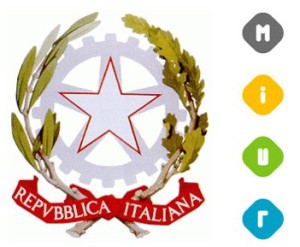Guides and Best Practices Nonprofit Budgets LibGuides at Forefront
For example, a youth mentoring program might break down expenses to show cost per student, cost per hour of mentoring, and successful outcomes achieved. It could either serve 100 students with basic after-school tutoring or provide intensive support to 30 students, including college prep and mentorship. Both align with the mission of improving education outcomes, but the organization must choose between reach and depth. Nonprofits often face uncertain revenues, compliance issues, and the challenge of convincing stakeholders about the correct usage of funds. Here’s an overview of these challenges and solutions to address them.
Reasons Why Strong Internal Controls Are Essential for Nonprofit Organizations
Your state association of nonprofits can help you sort through the issues and resources you need to ensure your nonprofit is acting in ways that preserve the public’s trust. Scenario planning allows nonprofits to create specific, actionable plans for non-ideal situations. Instead of scrambling to respond, you’ll have structured alternatives ready to implement when challenges arise.
Internal Controls and Risk Management
Engaging in self-evaluation processes can also help boards identify areas for improvement in governance practices. Moreover, adopting best practices in financial reporting can enhance an organization’s credibility. For example, utilizing standardized accounting principles ensures consistency and comparability across reports. Additionally, engaging an independent auditor to review financial statements can provide an extra layer of assurance to stakeholders. Many state-specific best practices for nonprofits address codes of ethics and ethical conduct in general.
Real-Life Examples Of Impact
Zero-based budgeting requires examining every expense anew, regardless of its history in your organization. This balanced approach to cost management strengthens your organization’s resilience while ensuring resources remain available for https://greatercollinwood.org/main-benefits-of-accounting-services-for-nonprofit-organizations/ mission-critical work. Getting the right tools to help with research, reporting, and financial tracking will give your mission programs the support they need to grow healthily and stay resilient.
Year-End Fundraising Best Practices
- Above all, a budget for non-profit organizations must remain flexible enough to adapt to changing circumstances while maintaining fiscal responsibility.
- One way that board and staff plan for income and expenses in the future is by creating a budget.
- For nonprofits, detailed tracking of every dollar spent is essential to maintain credibility among donors and stakeholders.
- A fresh perspective comes from starting each fiscal year with a new comprehensive budget.
- Once you develop your budget, you will have a clear plan for moving forward, shaped by concrete data and strategies.
To mitigate this risk, nonprofits should prioritize revenue diversification by exploring multiple fundraising avenues. This could include individual donations, corporate sponsorships, grants accounting services for nonprofit organizations from foundations, and earned income through social enterprises. The longer an NFP has existed, the more likely it is to have a loyal, dedicated donor base producing a consistent, predictable revenue stream.
- Regularly publishing financial reports—such as income statements, balance sheets, and cash flow statements—can help demystify the organization’s finances and demonstrate accountability.
- It’s also very important to the success of your programs that your revenue and expenses estimates are realistic.
- Equally important are the indirect support costs that keep your programs running smoothly.
- When your organization is planning a campaign or project, you probably start by taking some time to envision what you want the results to look like and set actionable goals to get there.
- Automation reduces manual work and enhances accuracy in tasks such as data entry.
When program staff, board members, donors, and community representatives participate in budgeting, they spot financial inefficiencies, hidden costs, and diverse risks. This collaborative approach builds organization-wide commitment to financial goals. Show donors exactly how their money is spent and the impact it creates. Instead of dedicating days to preparing financial reports, nonprofits can generate them instantly with clear, visual dashboards.






















